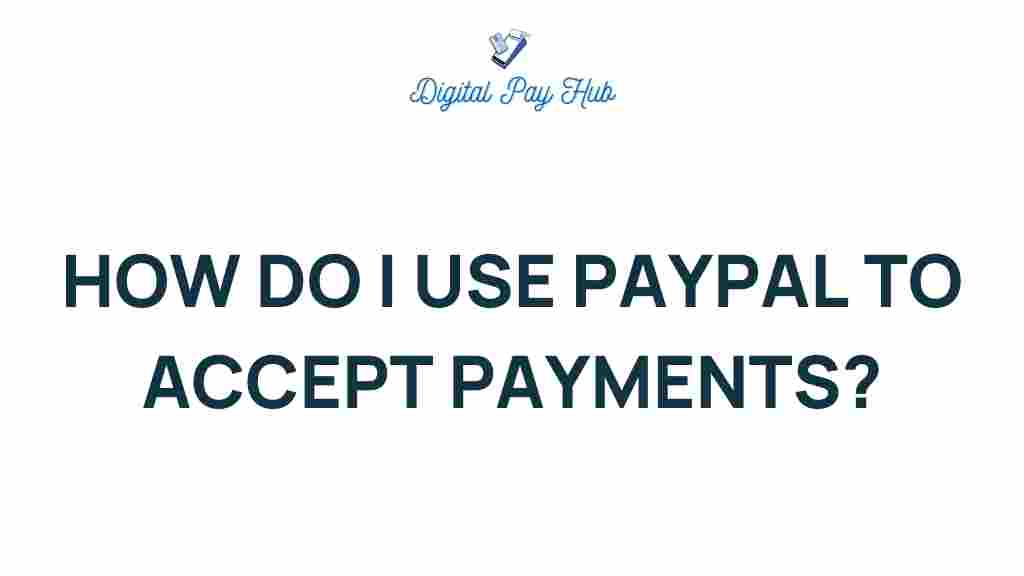Unveiling the Secrets: How to Use PayPal for Seamless Payments
In the fast-paced world of e-commerce and online transactions, having a reliable payment method is crucial for success. One of the leading platforms for this purpose is PayPal. This digital wallet has revolutionized how businesses and individuals manage their finances, making it easier than ever to accept payments securely. In this user guide, we will explore the ins and outs of using PayPal, including its features, benefits, and step-by-step instructions for setting it up.
Why Choose PayPal?
PayPal is a pioneer in the field of financial technology, offering a range of features that make it an ideal choice for both sellers and buyers. Here are some reasons why you should consider using PayPal for your online transactions:
- Security: PayPal uses advanced encryption technologies to protect your financial information, ensuring secure payments.
- Ease of Use: The platform is user-friendly, making it easy for anyone to navigate and manage their transactions.
- Wide Acceptance: Millions of businesses worldwide accept PayPal, making it a versatile payment method.
- Multiple Payment Methods: Users can link various payment methods, including credit cards and bank accounts, for added convenience.
- Instant Transfers: Send and receive money instantly, which is crucial for time-sensitive transactions.
Setting Up Your PayPal Account
To start using PayPal, you need to create an account. Follow these simple steps:
- Visit the PayPal Website: Go to PayPal’s official website.
- Sign Up: Click on ‘Sign Up’ and choose the type of account you want (Personal or Business).
- Enter Your Details: Fill in the required information, including your email address and a secure password.
- Link a Payment Method: Connect your bank account or credit card to your PayPal account for easy transactions.
- Verify Your Account: PayPal will send a verification email. Click on the link in the email to confirm your account.
How to Accept Payments with PayPal
Once your account is set up, you can start accepting payments. Here’s how:
1. Generate a PayPal Payment Link
If you are selling products or services, you can create a payment link:
- Log in to your PayPal account.
- Navigate to the ‘Tools’ section and select ‘PayPal Buttons’.
- Choose the type of button you want (Buy Now, Donate, etc.) and customize it.
- Copy the generated HTML code or link to share with your customers.
2. Create Invoices
For a more professional approach, you can send invoices directly:
- Log in to your PayPal account.
- Click on ‘Invoicing’ in the menu.
- Select ‘Create Invoice’ and fill in the necessary details (item, price, customer information).
- Send the invoice via email or share the link with your customer.
3. Accept Payments on Your Website
If you run an e-commerce site, integrate PayPal as a payment option:
- Choose a compatible e-commerce platform (like Shopify, WooCommerce, etc.).
- Follow the platform’s instructions to integrate PayPal.
- Test the payment process to ensure everything is functioning smoothly.
Payment Methods Available on PayPal
PayPal offers various payment methods to cater to different needs:
- Credit and Debit Cards: Link your card to make transactions swiftly.
- Bank Transfers: Transfer money directly from your bank account to PayPal.
- PayPal Balance: Use funds already available in your PayPal account.
- PayPal Credit: A line of credit offered by PayPal for larger purchases.
Managing Your PayPal Account
Once you start using PayPal, it’s essential to manage your account effectively. Here are tips to do so:
- Monitor Transactions: Regularly check your account for incoming and outgoing payments.
- Set Up Notifications: Enable alerts for transactions to stay informed.
- Maintain Security: Use two-factor authentication and regularly update your password.
- Keep Records: Download transaction history for accounting purposes.
Troubleshooting Common Issues
Even with a robust platform like PayPal, users may encounter issues. Here are some common problems and their solutions:
- Payment Not Received: Check if the payment was sent to the correct email address. If the payment is still missing, contact PayPal support.
- Account Locked: If your account is locked, follow the instructions in the email from PayPal to unlock it.
- Transaction Delays: Delays can occur due to security checks. Allow a few hours and check again.
- Refund Issues: To issue a refund, log in, select the transaction, and click on ‘Refund’. If you face issues, consult the PayPal help center.
Conclusion
Using PayPal for your online transactions can streamline your payment process and enhance your e-commerce experience. With its robust security features, multiple payment methods, and user-friendly interface, PayPal stands out as a leading choice for both individuals and businesses. By following this user guide, you can confidently accept payments and manage your digital wallet effectively. For more information and resources, consider visiting the PayPal official help center or check out related articles on our site here. Embrace the future of finance with PayPal and enjoy seamless transactions today!
This article is in the category Payments and created by DigitalPayHub Team
